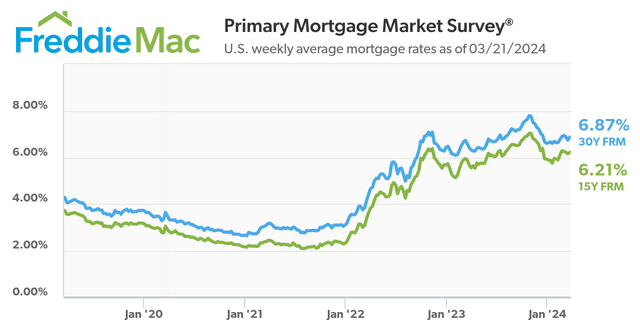If you have mold in your home, it can lead to a variety of issues. If you’re curious about whether or not your homeowners insurance policy will cover mold, there are a few things you should be aware of.
Mold is a type of fungus that can grow in damp or humid environments. It can be found in many places throughout your home, including walls, floors, ceilings, and even furniture. Mold can cause health problems, such as allergies and respiratory issues, and it can also damage your home’s structure and belongings.
When it comes to homeowners insurance, coverage for mold can vary depending on the policy and the circumstances surrounding the mold growth. In general, most standard homeowners insurance policies do not cover mold damage that is caused by long-term neglect or lack of maintenance. This means that if you have mold in your home due to a leaky roof or a plumbing issue that you failed to address, your insurance company may not cover the cost of remediation.
However, if the mold growth is sudden and accidental, such as from a burst pipe or a storm that causes water damage, your homeowners insurance policy may cover the cost of mold remediation. It’s important to note that even if your policy does cover mold damage, there may be limits to how much your insurance company will pay out for remediation and repairs.
If you’re unsure whether or not your homeowners insurance policy covers mold damage, it’s important to review your policy carefully and speak with your insurance agent. They can help you understand the specifics of your policy and what types of mold damage are covered.
In addition to reviewing your policy, there are steps you can take to prevent mold growth in your home. Here are a few tips:
1. Keep your home dry: Mold thrives in damp environments, so it’s important to keep your home as dry as possible. Fix any leaks or water damage immediately, and use a dehumidifier in areas that are prone to moisture, such as basements and bathrooms.
2. Improve ventilation: Proper ventilation can help prevent mold growth by allowing air to circulate and dry out damp areas. Use exhaust fans in bathrooms and kitchens, and open windows when weather permits.
3. Monitor humidity levels: Keep an eye on the humidity levels in your home, and aim to keep them between 30-50%. You can use a hygrometer to measure humidity levels.
4. Clean up spills and messes promptly: If you spill water or other liquids, clean them up right away to prevent moisture from seeping into surfaces and causing mold growth.
5. Use mold-resistant products: Consider using mold-resistant paint, drywall, and other building materials in areas that are prone to moisture, such as bathrooms and basements.
By taking these steps, you can help prevent mold growth in your home and reduce the risk of damage and health problems. And if you do have mold in your home, be sure to speak with your insurance agent to understand your coverage options.





